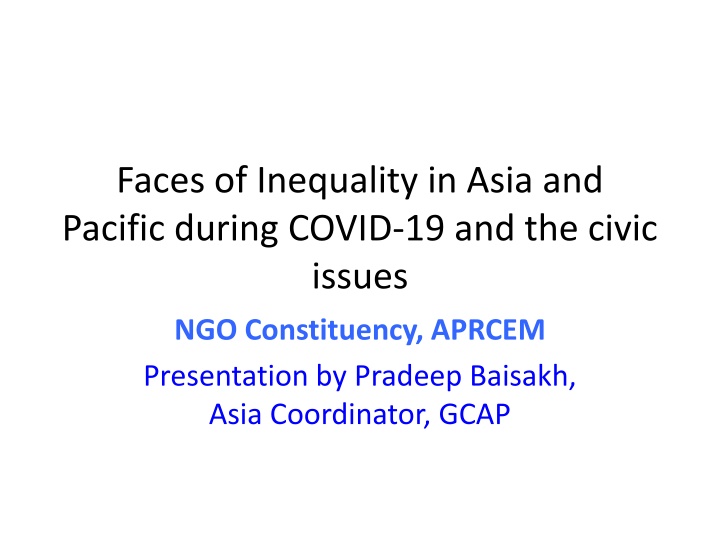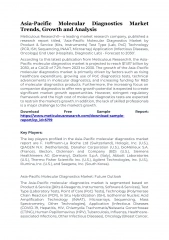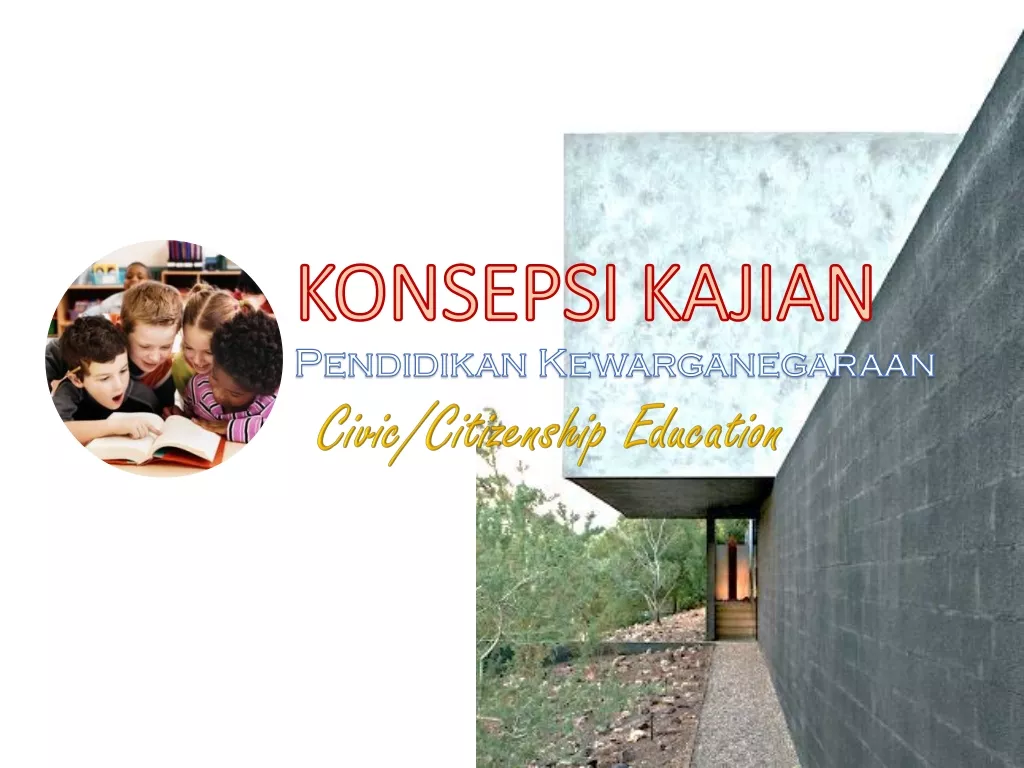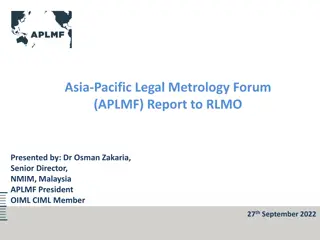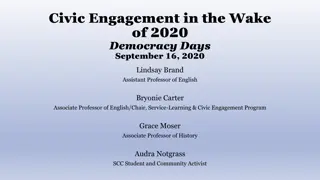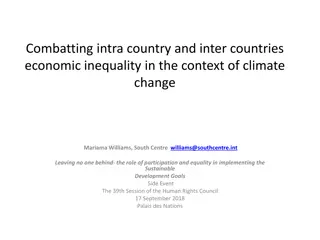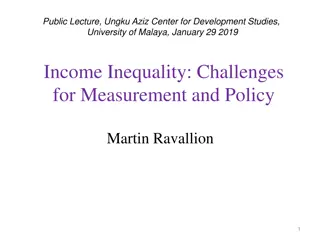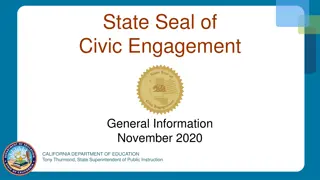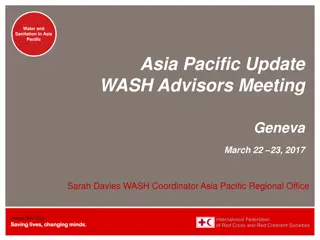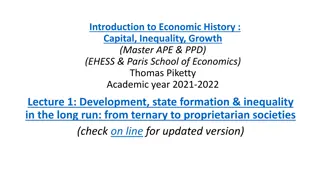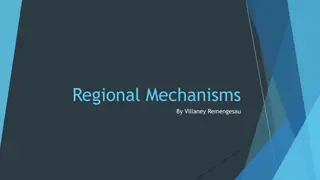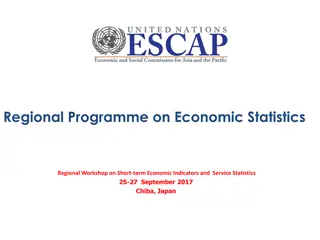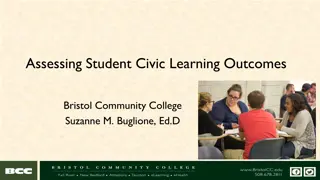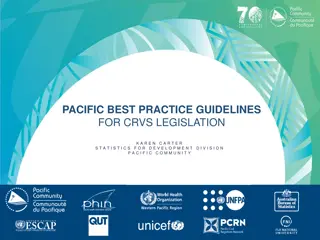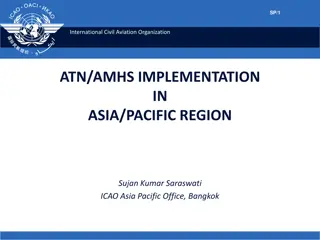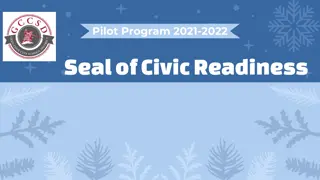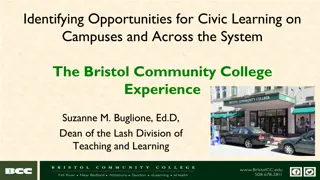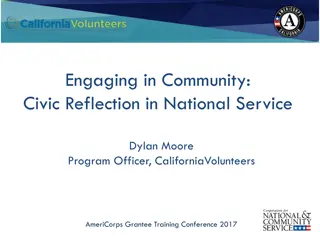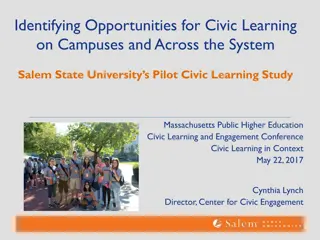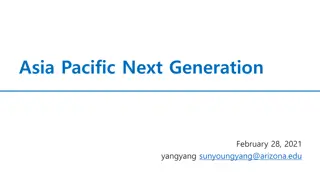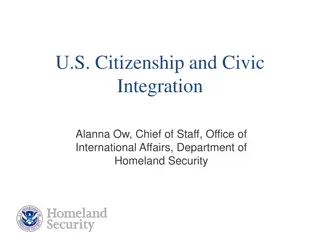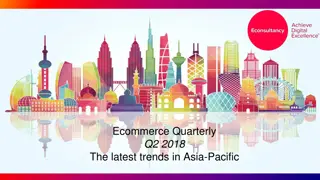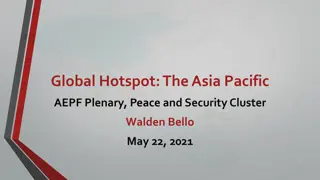Facing Inequality and Civic Challenges in Asia-Pacific
During COVID-19, issues of inequality and systemic barriers have emerged in Asia and the Pacific, affecting vulnerable groups like women, children, and minorities. Lack of social protection, food insecurity, and limited access to healthcare further exacerbate existing disparities. Despite government limitations, civil society organizations have mobilized to support marginalized communities and advocate for their rights.
Download Presentation

Please find below an Image/Link to download the presentation.
The content on the website is provided AS IS for your information and personal use only. It may not be sold, licensed, or shared on other websites without obtaining consent from the author.If you encounter any issues during the download, it is possible that the publisher has removed the file from their server.
You are allowed to download the files provided on this website for personal or commercial use, subject to the condition that they are used lawfully. All files are the property of their respective owners.
The content on the website is provided AS IS for your information and personal use only. It may not be sold, licensed, or shared on other websites without obtaining consent from the author.
E N D
Presentation Transcript
Faces of Inequality in Asia and Pacific during COVID-19 and the civic issues NGO Constituency, APRCEM Presentation by Pradeep Baisakh, Asia Coordinator, GCAP
Issues of the constituencies and the systemic barriers Across the region governments have invoked emergency clauses during the pandemic to curtail freedom of association and limit other human rights It curtailed the media freedom, freedom of expression and civic space to the extent, which fail the test of international standards Vaguely worded provisions have potential to violate various freedoms and human rights Cases of gaging media and arresting journalists in Philippines and India have been reported Attempts by state and non state actors (Mostly South Asia) to divide people on communal lies is worrying trend.
Faces of Inequality The existing inequalities were exacerbated during the pandemic Most vulnerable groups suffered the most: women, children, youth, elderly, persons with disabilities, transgender, minorities, workers in the informal sector, migrants, indigenous communities, small farmers etc Intersectionalities of issues among these communities manifested in multiple disadvantages
Lack of social protection, hunger and food insecurity, lack of access to healthcare, inaccessibility of education due to the digital divide, little or no income security, loss of livelihood, further perpetuating the cycle of inequality and disadvantage Governments intervention were not enough A crippled CSO could not do justice to the marginalized groups Monitoring the government actions were treated with ire by the governments
Initiatives, resistances, voices of dissent Despite mounting challenges, the strength and resilience of the vulnerable communities is commendable CSOs persons with disabilities, youth, Dalits, indigenous communities and others are better able to articulate their issues and demands CSO response on-ground has been relief programmes by providing food to the hungry, mobilizing support to jobless people in the informal sector Global, Regional and national level CSOs issued statements articulating demands and and did online mobilizations
Recommendations Create spaces for the multi-lateral partnership (government, civil society and private sector), centralizing the participation of the vulnerable communities in all decision-making institutions Revision of national situations on shrinkage of freedom of civic space Ensure that the preventive, relief and recovery measures being put in place in the context of the COVID-19 pandemic are equitable, non-discriminatory and use a human rights approach Universal social protection and universal healthcare are need of hour HRBA approach to sustainable development
Thank You pradeep.baisakh@gcap.global
